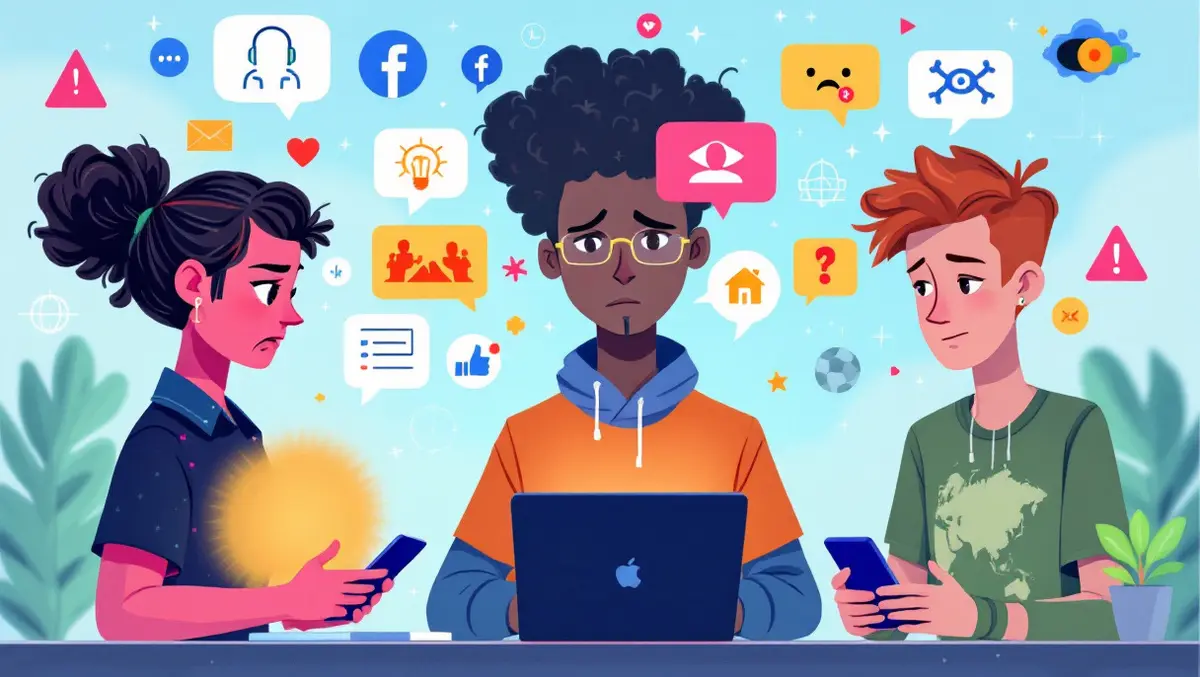
Microsoft survey reveals online risks for Aussie teens
A new survey by Microsoft highlights the prevalence of online risks encountered by Australian teenagers, including cyberbullying, misinformation, and exposure to violence.
The ninth annual Global Online Safety survey from Microsoft, coinciding with this year's Safer Internet Day, shows that 64 percent of Australian teenagers faced some form of risk online in 2024. The survey sheds light on the perceptions and experiences of both teens and their parents with regard to digital safety.
This comprehensive survey collected responses from nearly 15,000 individuals worldwide, including a sample of 1,000 Australians. In Australia, 54 percent of surveyed teens reported personal risks like cyberbullying and threats of violence, 44 percent encountered misinformation and disinformation, and 38 percent were exposed to violent or extremist content.
The survey results indicate that although these figures have remained stable compared to previous years, there is a significant decline in the level of concern among teenagers about cyberbullying and harassment, from 70 percent in 2023 to 38 percent in 2024. Conversely, parents are becoming increasingly aware and concerned about the digital challenges faced by their children.
Microsoft's survey indicates that a substantial 73 percent of teens take immediate action when facing online risks, such as blocking, muting, or unfriending. Additionally, the tendency of teenagers to seek support from parents or others has increased, with 65 percent of respondents likely to discuss the issue, up from 59 percent the previous year.
A notable aspect of the report is the growing use of generative artificial intelligence (AI) among Australian teenagers. The survey finds that 28 percent of teens used AI tools in recent months, marking a substantial increase from 18 percent the previous year.
Despite the excitement over the practical applications of AI, such as aiding with translations and efficiency, the potential pitfalls are not lost on the respondents. Over 80 percent of parents express concern over the possible exposure to harmful content and misinformation through AI, a sentiment echoed by teenagers themselves, three-quarters of whom have apprehensions about related risks, including scams and deepfakes.
Recognising the challenges presented by AI, Microsoft included an exercise on detecting AI-generated images in the survey. Using Microsoft's "Real or Not" quiz tool, the results showed only 38 percent of these images were correctly identified by respondents, highlighting the difficulty in distinguishing AI-generated content, as admitted by 73 percent of participants.
The "Real or Not" quiz remains available for public use, offering a resource for individuals aiming to improve their skills in identifying AI-generated content and supporting others in understanding the implications of digital technologies.


